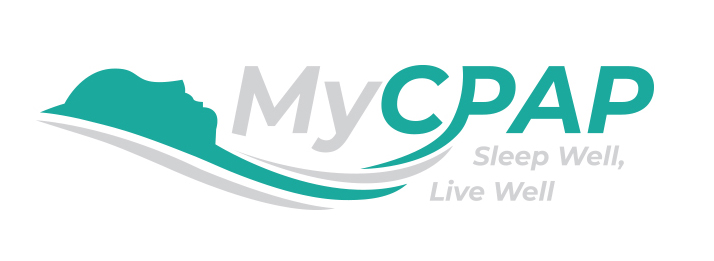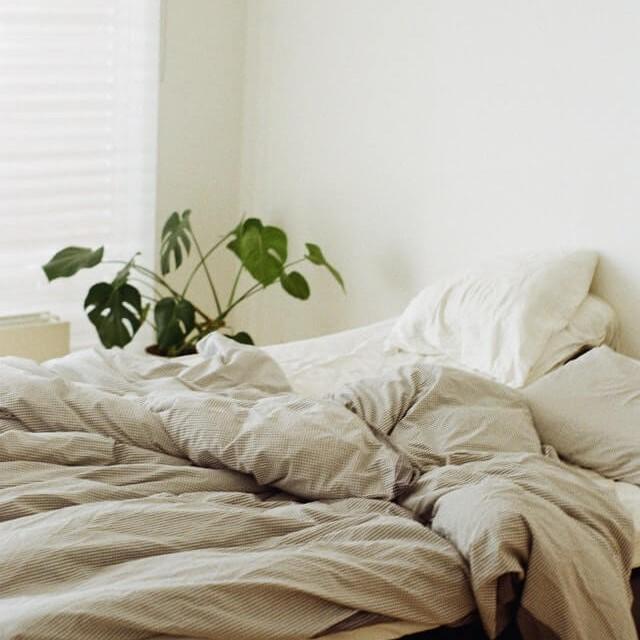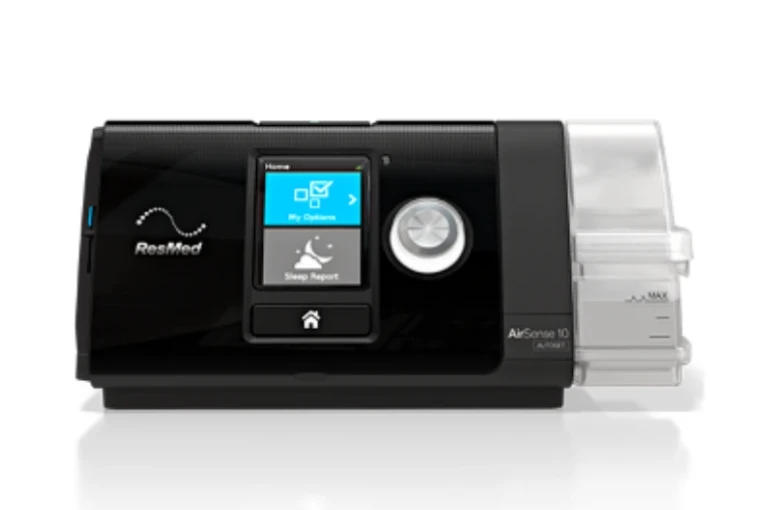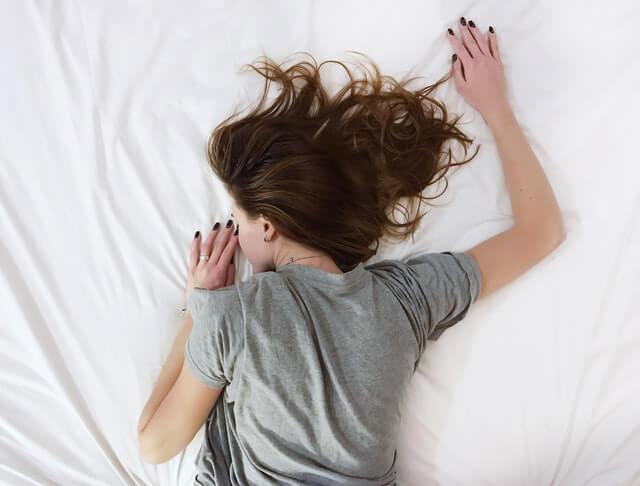BLANKETS ON OR OFF? WHY BEDROOM TEMPERATURE HAS MORE OF AN IMPACT THAN YOU THINK
Do you have a habit of kicking your duvet off while you sleep? Or are you the kind of person that wakes up if even the slightest bit of cold air touches your feet?
While we might think that it just comes down to personal preference, there is a lot more at play when it comes to how many blankets we do or don’t like to sleep under. In fact, it’s all because of bedroom temperature.
The temperature of our bedroom environment can impact our quality of sleep greatly. Sleeping in a room that isn’t of adequate temperature each night can impact our health on a long-term basis. So, the next time that you are woken up by either feeling too cold or too hot, it may be time to start making a few changes to your sleep environment.
HOW IS SLEEP QUALITY REGULATED BY ROOM TEMPERATURE?
Below, we are going to walk you through exactly why room temperature is so important and what the ideal sleep temperature is. First, we need to understand the science behind sleep quality and temperature.
Our sleep cycles are strongly influenced by our internal heat regulation system, also known as thermoregulation. While we sleep, our body temperature generally decreases by between 1 – 2 degrees. This process begins as bedtime approaches and our bodies are getting ready for a good night’s sleep. When morning comes around, it rises again to prepare us for waking up.
Our bodies regulate themselves to their ideal sleep temperature daily. So, what happens when room temperature is thrown into the mix? Studies suggest that sleeping in an environment that is either too cold or too hot can interfere with our bodies’ ability to circulate heat. Leading to uncomfortable sleeping conditions.
When room temperature isn’t adequate for our internal sleeping temperature, it increases our likelihood of waking up periodically during the night and ultimately, disrupting our circadian rhythm. If it continues over a long period of time, poor sleep schedules can lead to many health issues including diabetes and cardiovascular issues.
TIPS ON CREATING THE IDEAL SLEEP TEMPERATURE FOR YOUR BEDROOM
So, what is the best temperature for sleep and how exactly can you achieve it? While internal body temperatures often differ from male to female, it is generally thought that keeping your bedroom between 15 and 19 degrees Celsius is the ideal room temperature for adults when sleeping.
We know that trying to find optimal sleep temperature can feel like trying to hit a moving target, especially when weather changes happen. But there are some steps you can take all year round to make sure your bedroom is the perfect place to sleep.
- Program your thermostat – Set your thermostat to cool down a few hours before going to bed. This can help prepare your body and is a good way of setting up your sleep environment.
- Close the blinds & let in a breeze – During the summer months, it is important to keep your blinds or curtains closed during the day to keep your room cool. Opening a window or using a fan at night can also help to regulate room temperature.
- Wear light clothing – While we might like to cozy up in fleecy pyjamas during the winter, wearing light and breathable clothing can help you continue to feel comfortable while your body temperature regulates itself.
- Use breathable sheets – Switching up your bedlinen to something more breathable and airy can do wonders for your sleep quality. Airy linen sheets are highly recommended, especially for their moisture-wicking qualities.
For more ideas on how to maximize your sleep environment to improve your quality of sleep, read our latest articles on CPAPMachines.ca. Want to know other ways that your sleep quality may be affected? Get in touch with our sleep experts today and we’ll be happy to answer any questions you have.




